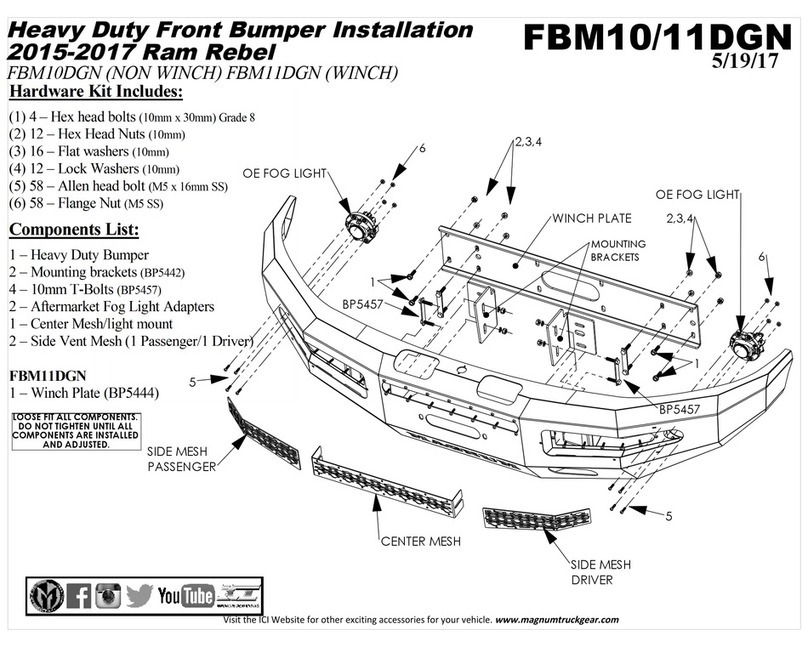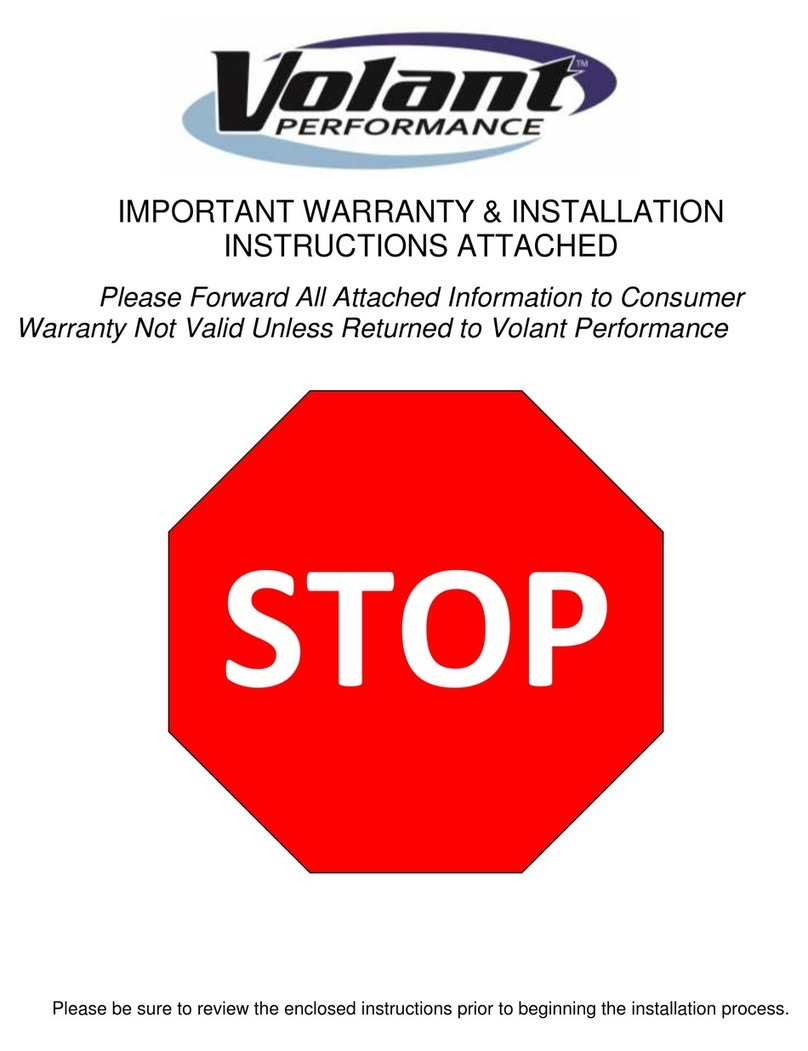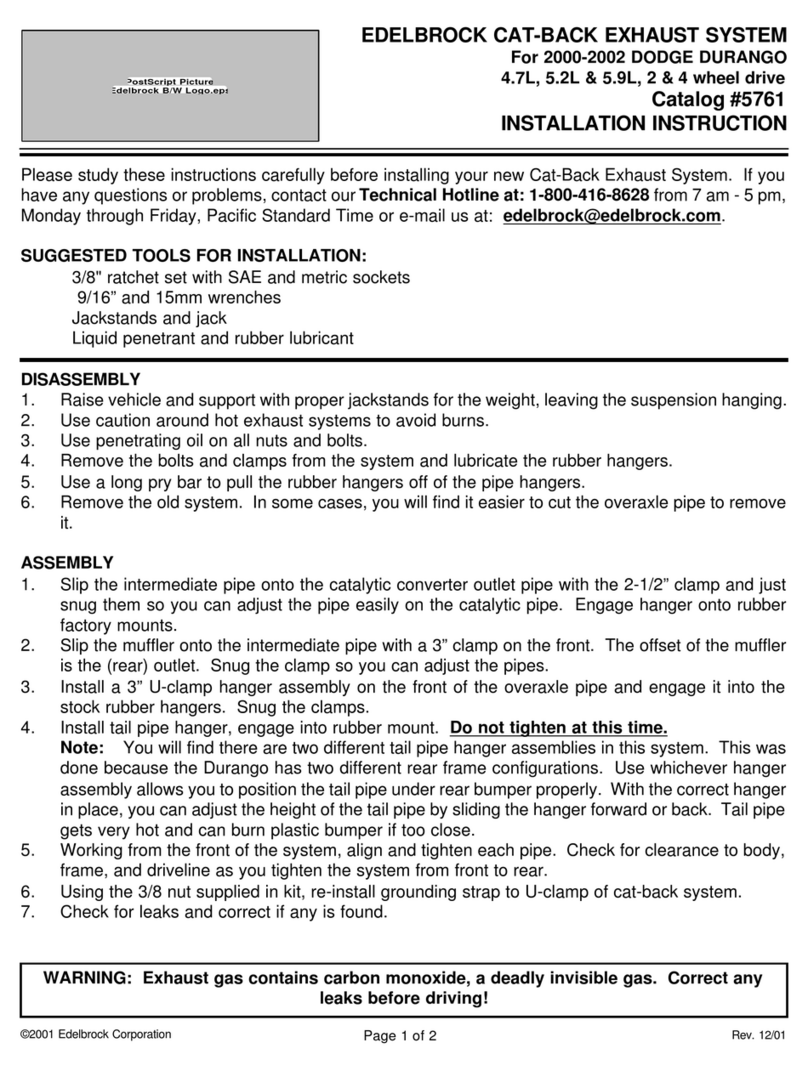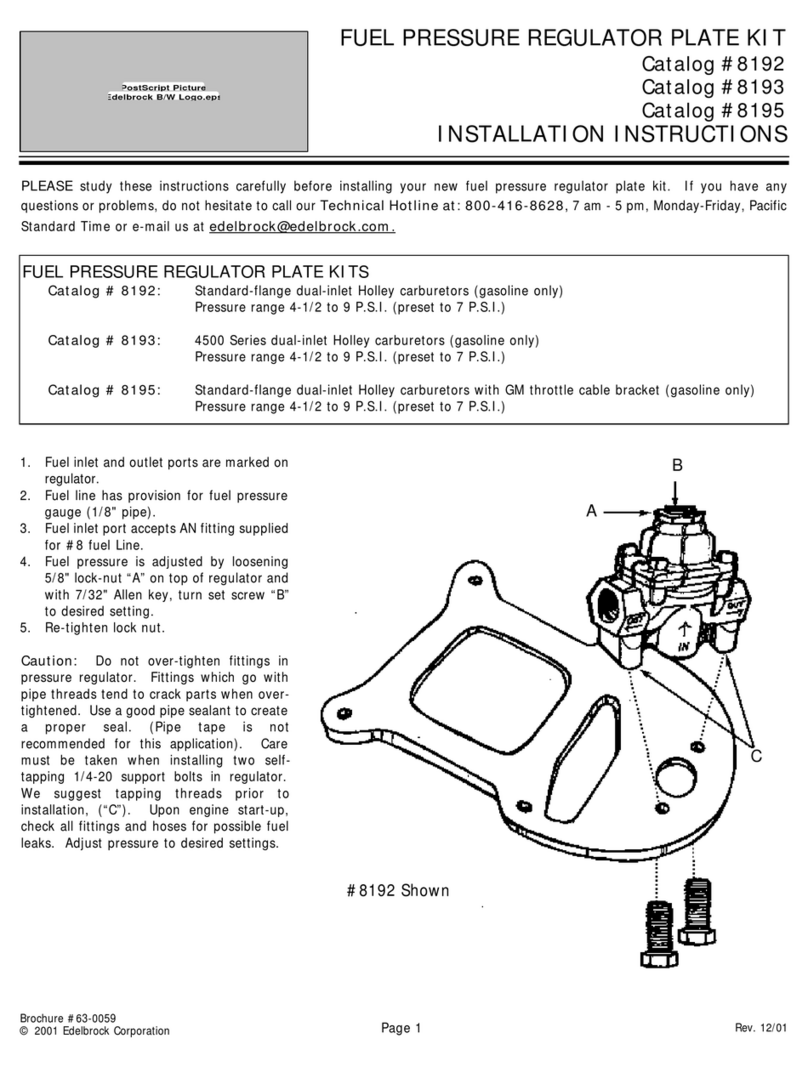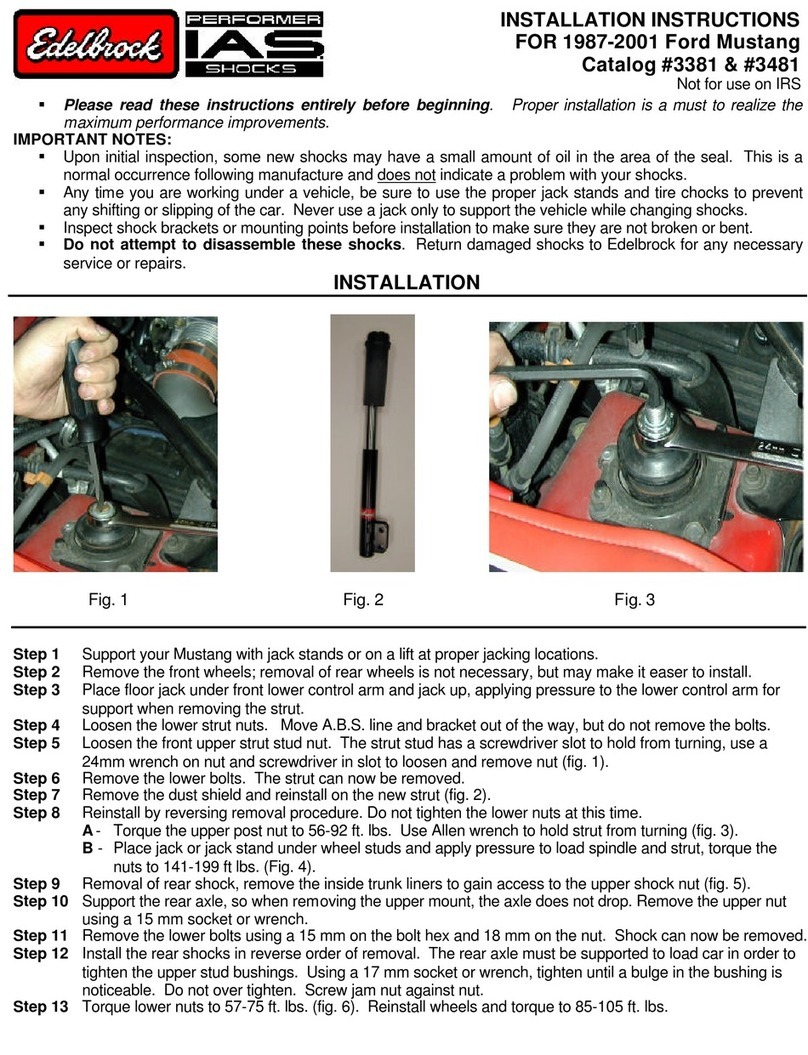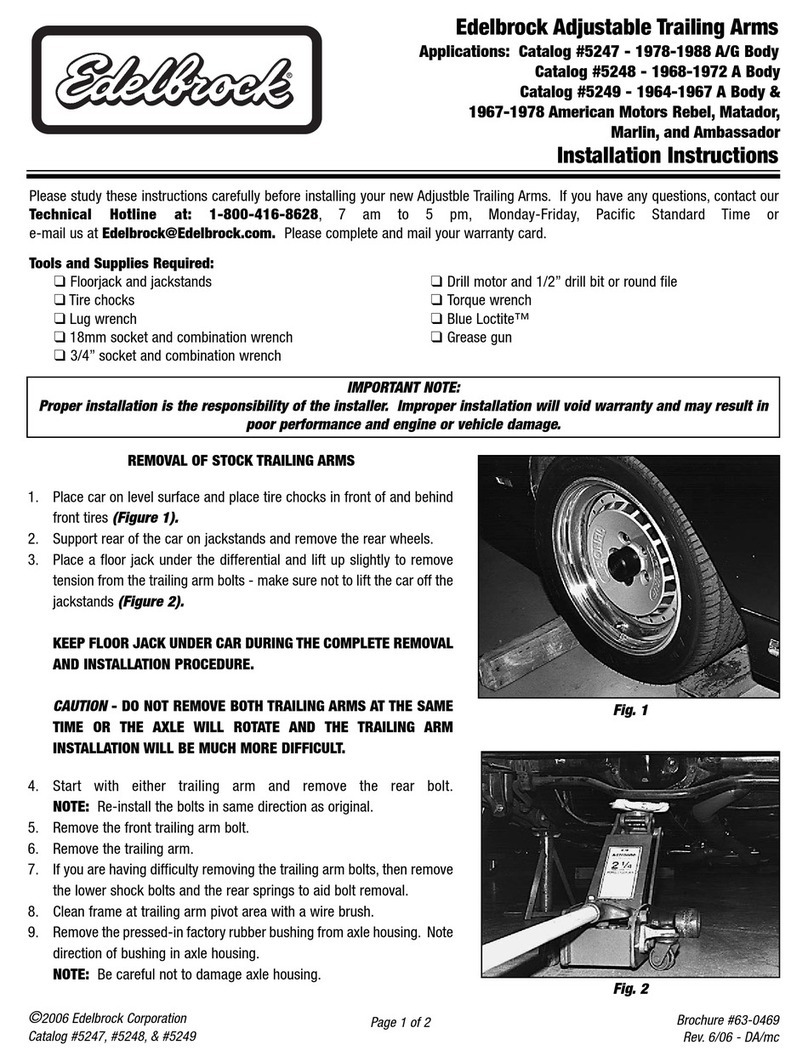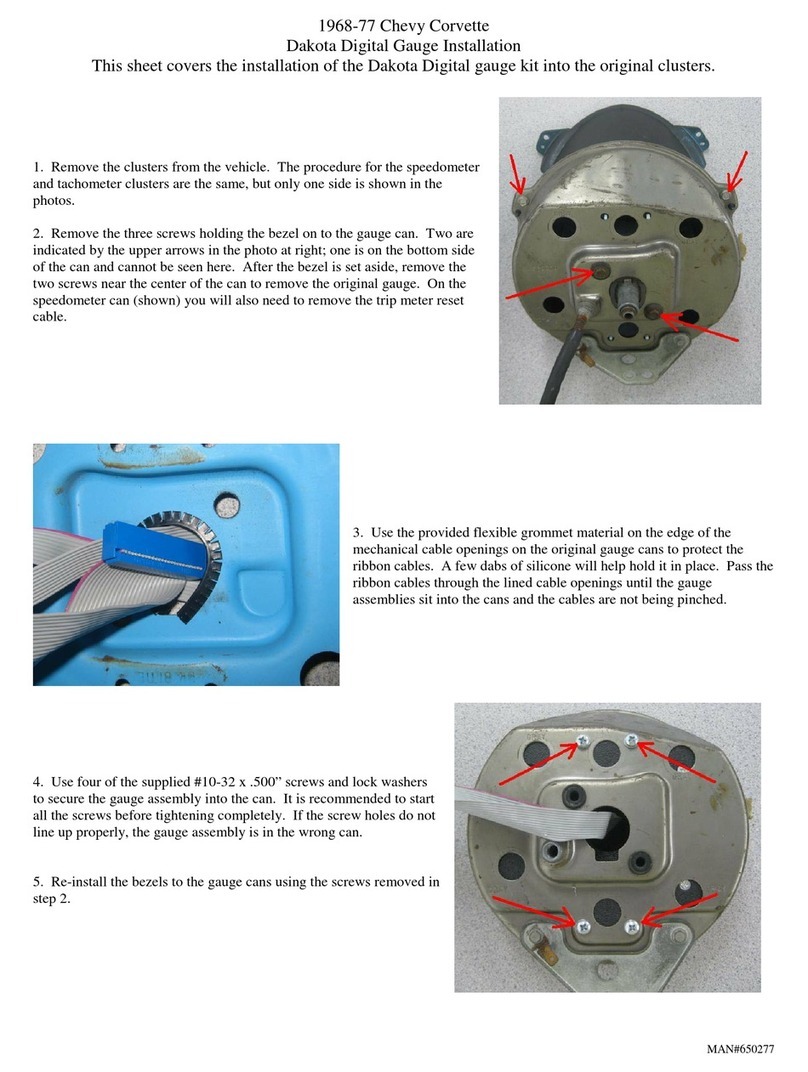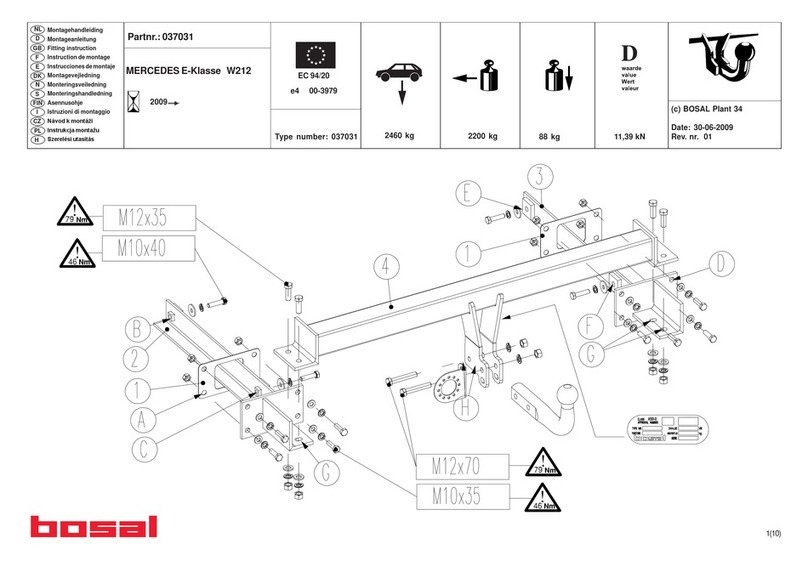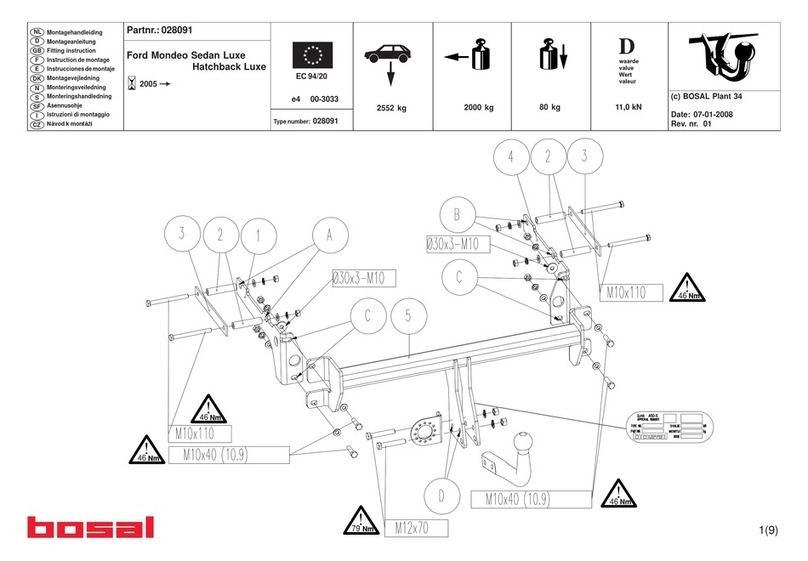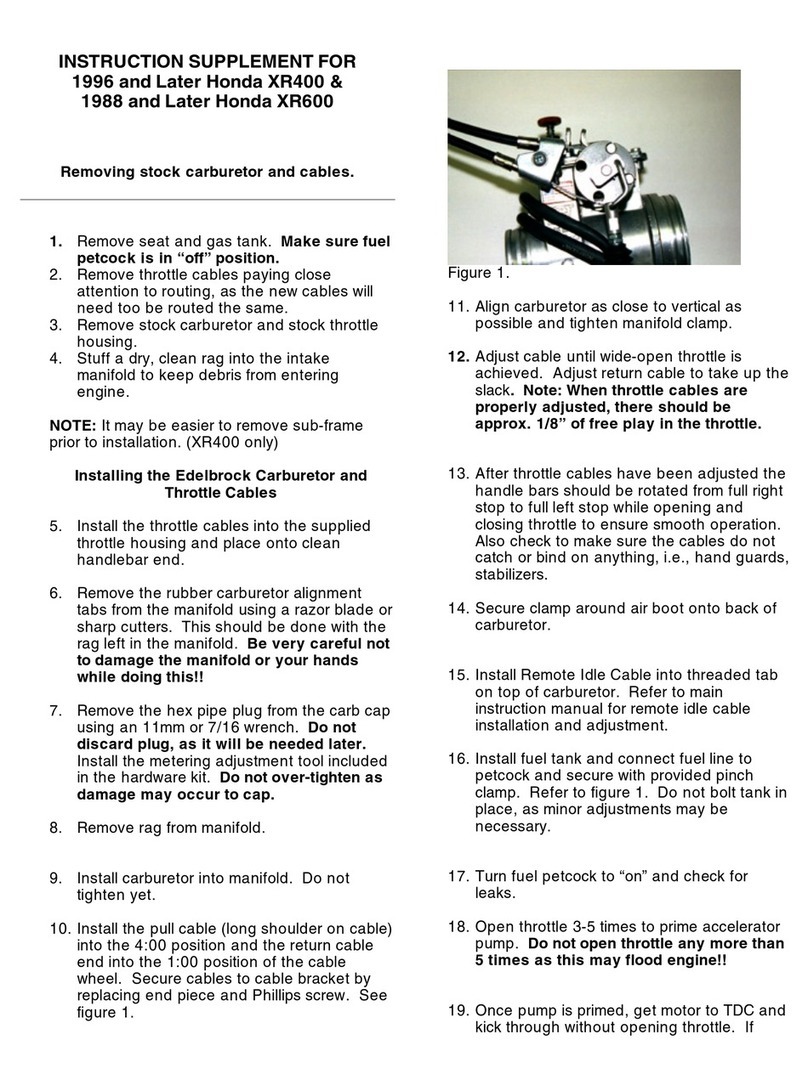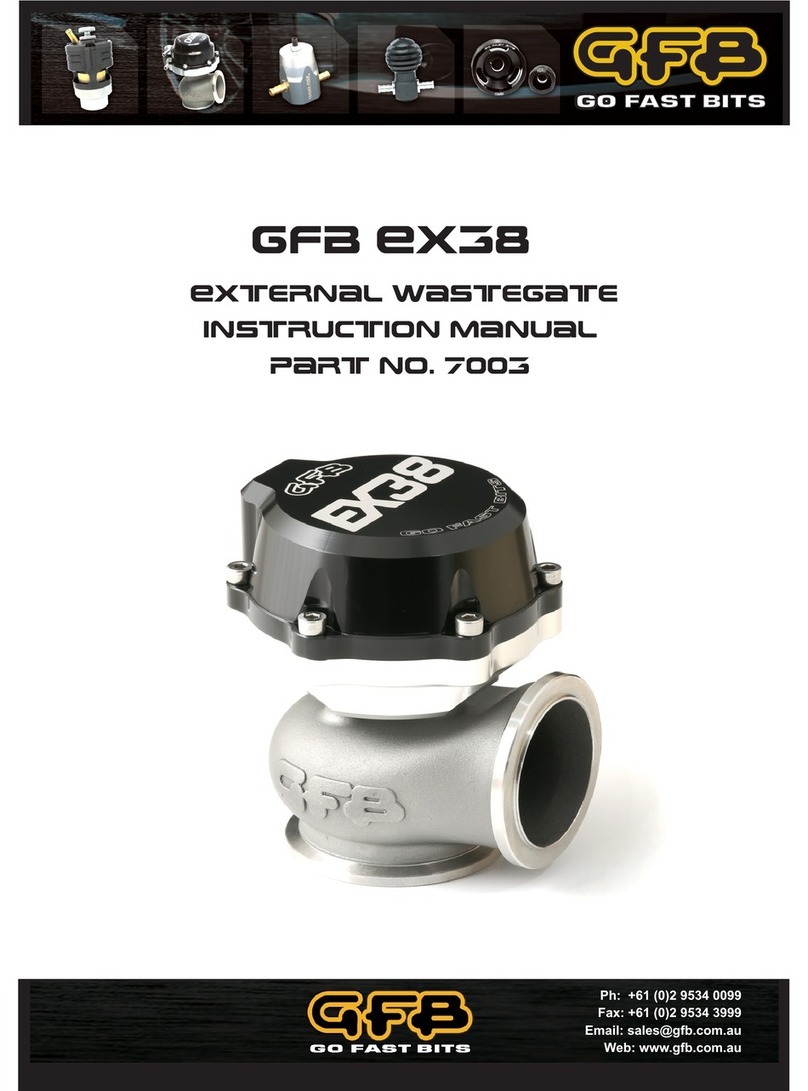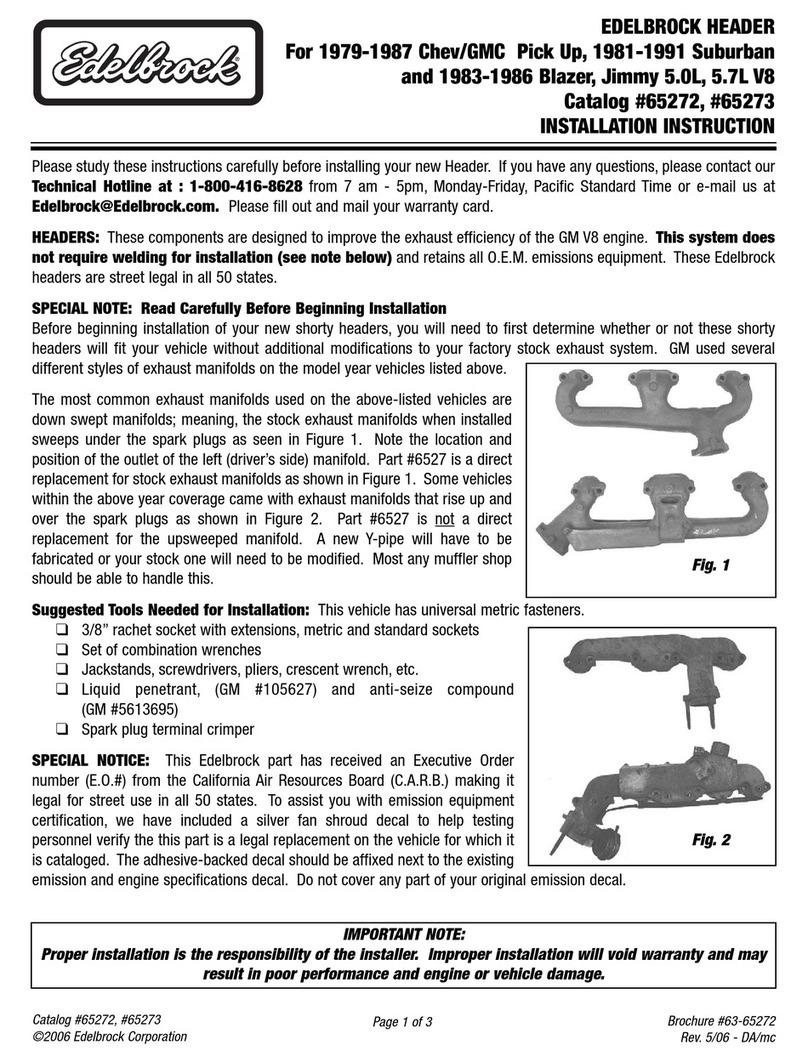
2.0 LUBRICATION
Recommended Lubricants
1. Gear Oil:
Temperature Grade
Above 32° F (0° C) MIL-L-2105 B
SAE 140
MIL-L-2105 C
80W-140
Below 32° F (0° C) MIL-L-2105 B
SAE 90
MIL-L-2105 C
80W-90
2. Chassis Grease:
Temperature Grade
Above 32° F (0° C) MIL-G-10294
Below 32° F (0° C) MIL-G-10294
3. Wheel Bearing Grease:
Temperature Grade
Above 32° F (0° C) NLGI Grade #2
Below 32° F (0° C) NLGI Grade #2
There are four lubrication points on each steerable end.
The location of these grease fittings is as follows; inside
the lower kingpin ball stud, tie rod end, S-camshaft tube,
and the upper kingpin cap or steering arm.
2.1 WHEEL BEARINGS
Wheel bearings require cleaning, inspection, and pack-
ing with grease at each brake reline. Wheel bearings
should be lubricated in accordance with the vehicle
manufacturer's recommendations. When greasing, lib-
erally pack both inner and outer bearings, ensuring that
the grease has penetrated thoroughly into the cage and
roller assembly. Prior to reassembly, coat the raceways
and interior hub surfaces as well.
2.2 UNIVERSAL JOINTS
Universal joints are lubricated and sealed at the factory,
and should require no additional maintenance through-
out their service life.
2.3 KINGPIN BEARINGS
Kingpin bearings should be lubricated at each chassis lu-
brication (approximately 1,000 mile intervals). To ensure
thorough lubrication, the front axle should be raised
slightly to relieve vehicle weight. The lower kingpin lube
fitting is located at the bottom of the lower kingpin ball
stud itself. The upper kingpin fitting is on the steering arm
or upper kingpin cap.
2.4 DIFFERENTIAL CARRIERS
Differential carriers should have the lubricant changed at
the same interval as the rear axle on the vehicle, or ap-
proximately 10,000 miles. Drain while lubricant is warm
and clean the magnetic drain plug. Removal of the fill
plug will allow quicker drainage. Be sure to allow the
housing to drain completely. Reinstall the drain plug and
fill the housing to the bottom of the fill plug with the appro-
priate gear oil. Check for leaks. SAE 140 gear oil (meet-
ing MIL-L-2105 B) is appropriate for most operating
conditions. For extreme conditions, follow the vehicle
manufacturers recommendations for the rear axle and
apply them to the front axle.
2.5 STEERING TIE ROD ENDS
Tie rod ends should be lubricated every 1,000 miles at
each chassis lubrication. Inspect for loose, bent, or oth-
erwise damaged components. Careful attention to such
detail is a vital safety factor.
3.0 AXLE ADJUSTMENT
3.1 GENERAL
Adjustments may be necessary after an accident, in re-
sponse to or to correct steering problems, tire wear prob-
lems, or as part of the reassembly process after a
thorough inspection.
3.2 WHEEL BEARING ADJUSTMENT
1. The front of the vehicle should be raised, prop-
erly supported, and the front wheels removed
from the axle.
2. Then remove the brake drum.
3. Remove the eight 5/8" outer drive flange
locknuts.
4. The drive flange should be loose enough to re-
move by hand. If it is not, use two 1/2"-20 bolts
in the extractor holes provided for this purpose.
See Figure 1.
–8–
1/96
Figure #1
